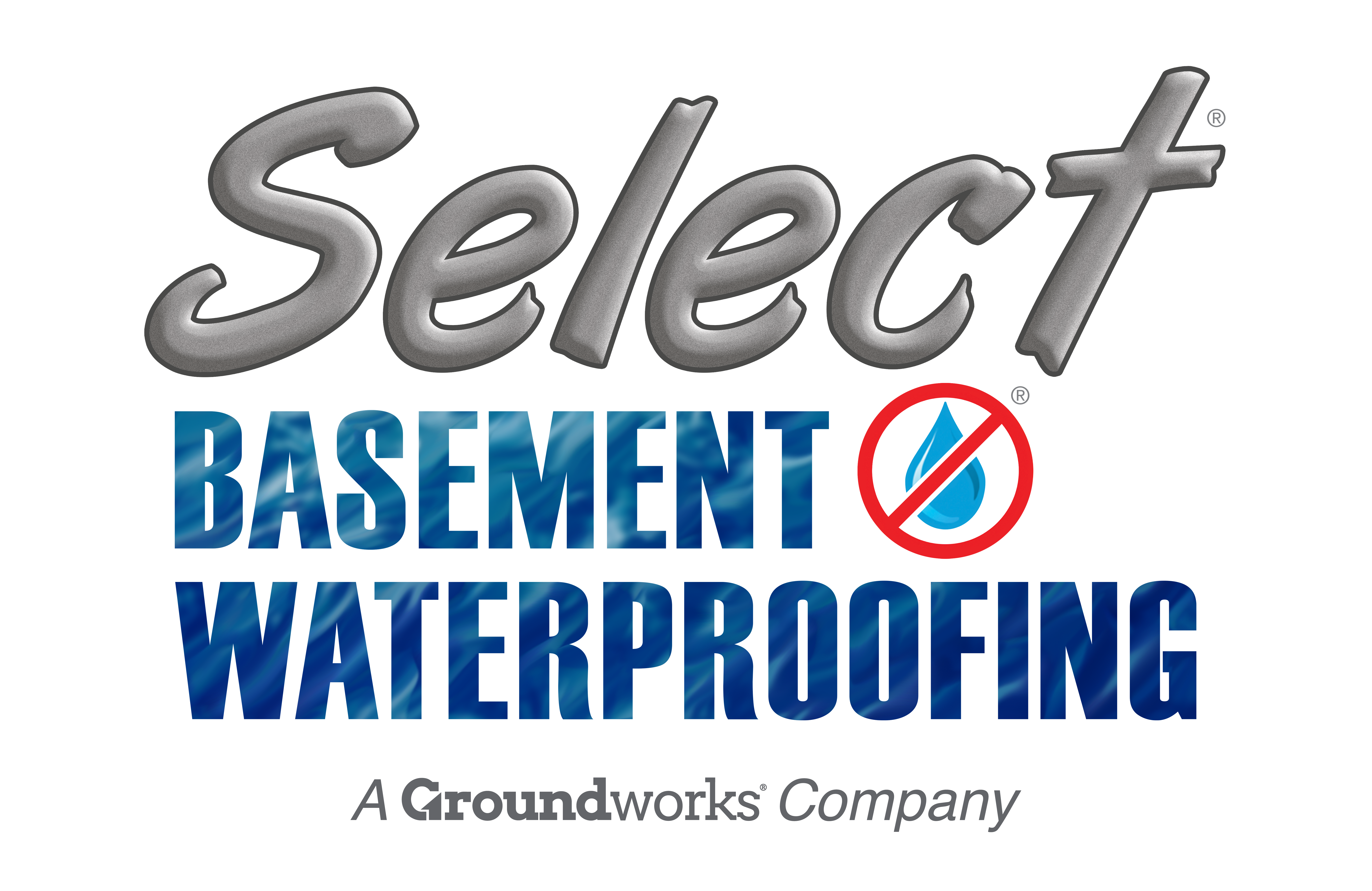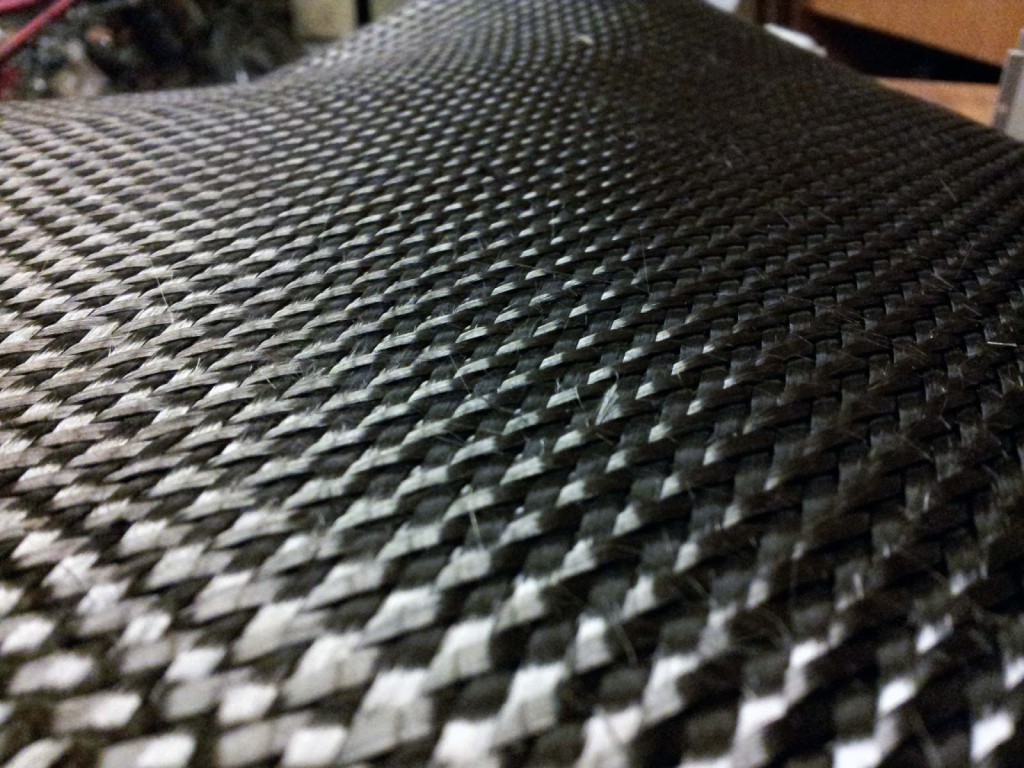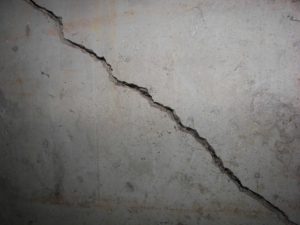The sight of house foundation cracks is enough to scare any homeowner. The good news is that not all foundation cracks are structural. In fact, many of the narrow cracks that appear on foundation walls won’t have any effect on the integrity of the foundation or your home. However, they can result in water seepage. These can be fixed by injecting the cracks with polyurethane.
Wider cracks (those that are more than an eighth of an inch) can often allow the foundation to move inward or rotate. They are often a result of bowing of the foundation wall. These cracks are therefore an indication of a serious problem that should be dealt with as soon as possible.
You will have two choices to deal with these house foundation cracks.
- Wall anchors
These are the more traditional foundation repair method. They involve the installation of a plate into the soil on the outside of the foundation. A threaded rod attached to this plate is passed through the foundation wall and attached to another plate on the inside of the wall. The rod is tightened to pull the wall back into position.
This method of crack repair will result in the straightening of the wall and the closing of the cracks. It can be used no matter how much movement has occurred. The stability provided by the anchor, however, is dependent on the stability of the soil. Movement, swelling or even desiccation of the soil will result in destabilization of the anchor and the wall.
These anchors also require regular maintenance which includes periodic tightening of the rod in order to maintain stability. The anchors are also obtrusive in their appearance and can be an eyesore.
- Carbon fiber
Carbon fiber is a repair solution that is taking over the construction industry. The repair method involves installing carbon fiber strips on the wall to prevent further movement. The placement of the strips depends on the direction of movement and the pattern of the cracks.
Carbon fiber strips provide stabilization to bowing walls. However, they cannot help to straighten the wall. There is also a limit to the degree of movement that these strips can be applied to.
The carbon fiber strips, however, are great for basements that are finished or will be finished in the future. They are unobtrusive and can be painted or finished in any other way. They also do not require maintenance once installed.
Having trouble deciding which method to use? Talk to a professional repair contractor to help you determine the best solution for your foundation.


